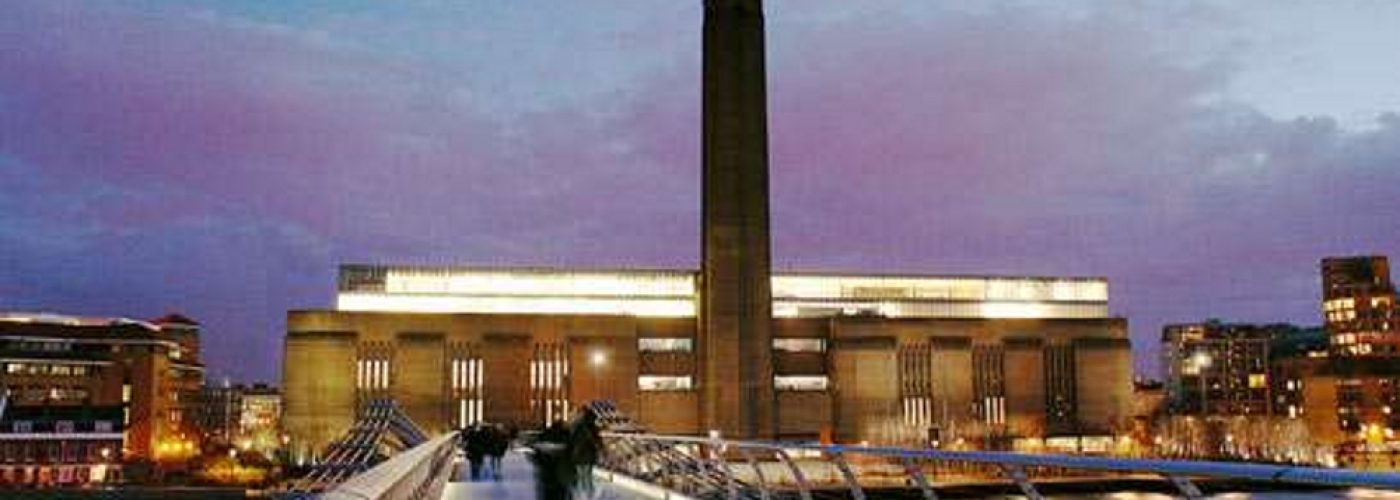Supreme Court Decision Today: Fearn & Others v Trustees of Tate Gallery Ends Six-Year Battle With Wide-Ranging Implication For Developers and the Laws on Visual Nuisance
In a milestone decision today the Supreme Court has allowed the appeal and found in favour of the flat owners overlooked by the Tate Modern’s public viewing gallery, putting an end to this long running case..
The claim concerns the Tate’s public viewing gallery on the top floor of the Blavatnik Building. The viewing gallery attracts between 500,000 – 600,000 visitors per year and can hold up to 300 people at once. The distance between the viewing gallery and the flats is some 34 metres and the flats have floor to ceiling glass windows. The viewing gallery is open all day, 7 days a week and provides a clear and uninterrupted view of the flats. The owners of the flats complained of being constantly viewed by visitors to the museum, of people taking photographs and videos on their smartphones and uploading them to social media. The flat owners seek an injunction to prevent the Tate from permitting people to view their flats from the viewing gallery.
The claim was dismissed at first instance on the basis that the Tate’s use of the land was reasonable, the flats (with floor to ceiling glass windows) were exceptionally sensitive and the owners could install blinds or curtains if they chose. The claim was appealed but dismissed at the Court of Appeal where it was held that “mere overlooking” could not constitute a nuisance.
In a majority decision today the Supreme Court allowed the appeal and found in favour of the flat owners. The essence of the decision is that the law of nuisance seeks to prevent substantial interference with the ordinary enjoyment of land. The ordinary use of land, done conveniently and with due regard for your neighbours, cannot constitute a nuisance. However, the Court found that the near constant visual intrusion went well beyond “overlooking” and would be regarded by ordinary homeowners as substantially interfering with their use and enjoyment of their property. The viewing gallery was a particular and exceptional use of the Tate’s land and not an ordinary incident of the use of the land as an art museum. As a result, the use of the viewing gallery in this way constituted a nuisance.
Thomas Freeman Senior Associate Solicitor in the Real Estate Disputes Team at Irwin Mitchell said, “ In the short term, the case is likely to be misunderstood as having been decided on the grounds of “privacy”. There are likely to be many people concerned about the use of neighbouring land or its proposed development who will seek to rely on it. However, the case was concerned the law of nuisance and not privacy. The Judgment is clear that the ordinary use of land, including for ordinary instances of overlooking or development, will not constitute a nuisance.”
“The case is important because the Supreme Court has re-stated the law of nuisance. In doing so, it has rejected the notion that there is a “reasonable user” test, or that the “reasonable use” of land in all the circumstances will provide a defence to claim in nuisance. Rather, the questions of whether the interference is substantial, and whether it emanates from an ordinary use of the land or not, are of paramount importance.
In the longer term, it is the question of “ordinary use” which is likely to generate satellite litigation. It is difficult to assess ordinary use by reference to locality in highly developed mixed areas, or where new uses are to be introduced to an area or are developed incrementally over time.”
“Finally, the Supreme Court avoided the question of whether the owners should be awarded damages or an injunction. This is a missed opportunity for the Court to provide guidance in an area which, as the Court itself acknowledged, has been uncertain since the issue was last examined by the Supreme Court in Coventry v Lawrence.”
Building, Design & Construction Magazine | The Choice of Industry Professionals





